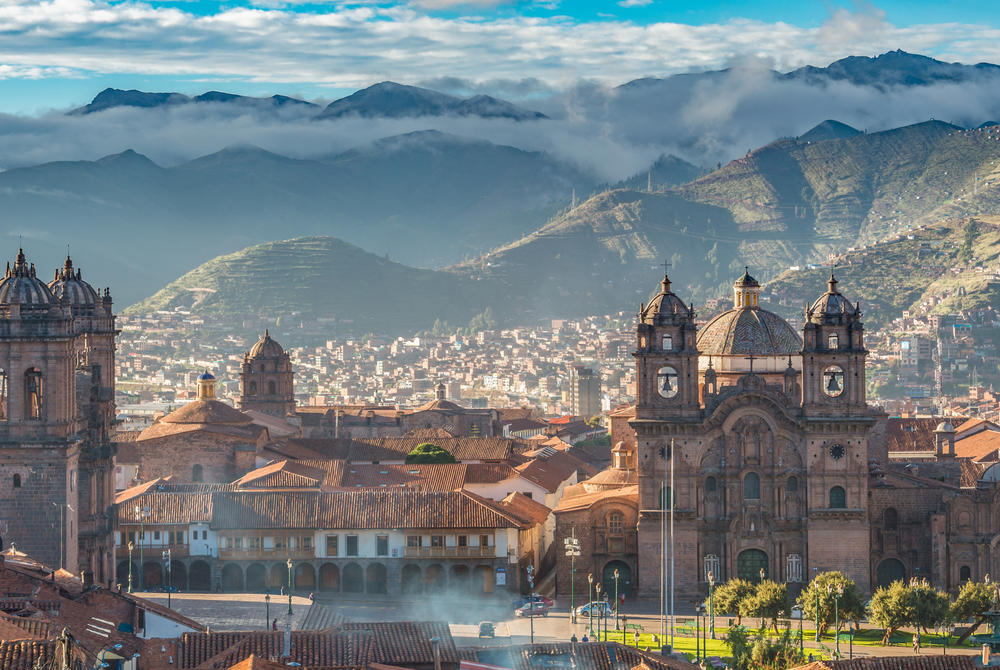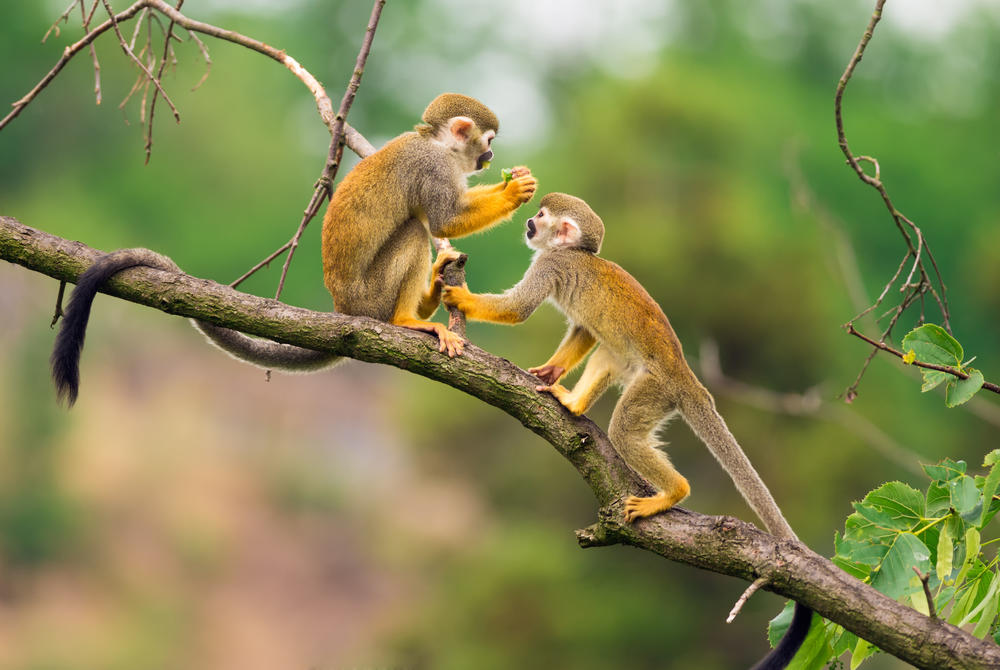Introduction
Peru’s majestic Andean peaks are the mantelpiece to ancient empires while colonial gems characterise historic cities and the overwhelming beauty and biodiversity of the Amazon never ceases to amaze.
Peru's history, brought to life
Work your way back from Lima where a colonial tapestry treads between European architecture both colourful and palatial to be combined with South American enthusiasm and flavours. Then, there are the lost civilisations of Macchu Picchu and the Sacred Valley, the seat of the once almighty Incan Empire and fully detailed overleaf. However, step back even further to near prehistory where you’ll find golden pre-Incan pyramids, Colca’s mysterious tribes, deserted mud-brick cities and the Nazca Lines. Dating back to the 6th century bc, these great desert scratches have long itched the curiosity of historians.

Peru's spectacular natural world
Then there’s Peru’s natural world. And, while you can read up on the world’s largest rainforest – the Amazon – in its own chapter, Lake Titicata has its own superlative. It’s the largest lake in South America and the fabled birthplace of the Incas’ sun god creator. Fittingly, it’s nothing short of deific, complete with piercing blue skies and islands created entirely from floating reeds. But the laudation doesn’t end there. Colca – a valley in the western Andes – features the world’s deepest canyon and highest chain of active volcanoes, enlivened by age-old Peruvian communities and one of the largest flying birds – the condor. Its colonial gateway, Arequipa, has a beauty all of its own. Termed the White City, its UNESCO-listed centre is crafted from sillar rock sourced from its volcanic backdrop.





















